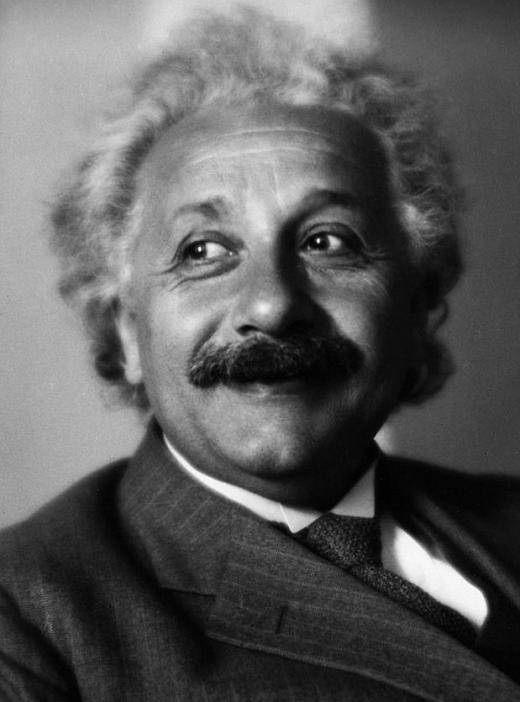What is Einsteinium?
 Mary McMahon
Mary McMahon
Einsteinium is a metallic chemical element classified in the actinide series of the periodic table of elements. This element is not found in nature, and as a result most people will never interact with it or one of its isotopes. Scientists synthesize small amounts of einsteinium for research by irradiating plutonium for a period of years; the rarity of this element makes it extremely expensive. Einsteinium is also produced as a byproduct of thermonuclear explosions, which is how it was discovered in the first place.
This element is among a group of elements which are collectively known as transuranic elements. Transuranic elements have atomic numbers higher than that of uranium, and they have a number of shared traits including extreme instability, reactivity, and radioactivity. Most transuranic elements do not occur naturally, and as a result they must be synthetically produced in the laboratory; because this process is expensive and painstaking, there are few commercial uses for these elements.

Scientists have succeeded in identifying several isotopes of einsteinium which are used in theoretical research. The pure element is believed to be silvery white in color, although this has not been confirmed, and little is known about its chemical properties although they are assumed to be similar to other actinides. Its atomic number is 99, and the element is identified with the symbol Es on the periodic table of elements.

Credit for the discovery of einsteinium is typically given to Alberto Ghiorso, a researcher at the University of California, Berkeley, who identified several actinide elements. Ghiorso discovered einsteinium in 1952 when he was combing through debris from thermonuclear testing in the South Pacific, and the discovery was concealed until 1955 due to concerns about the potential weaponization of einsteinium; Los Alamos National Laboratory and Argonne National Laboratory also participated in the discovery and description of this element, which is named for famous scientist Albert Einstein.

Like other transuranic elements, einsteinium theoretically poses a health risk, since it and its isotopes are radioactive. People who work with the element observe careful precautions to minimize exposure, and the element is used in such small amounts that this risk is fairly small. Average individuals are unlikely to be exposed to einsteinium; if they are, they have bigger things to worry about, as the most likely source of exposure is a thermonuclear explosion.
AS FEATURED ON:
AS FEATURED ON:













Discuss this Article
Post your comments